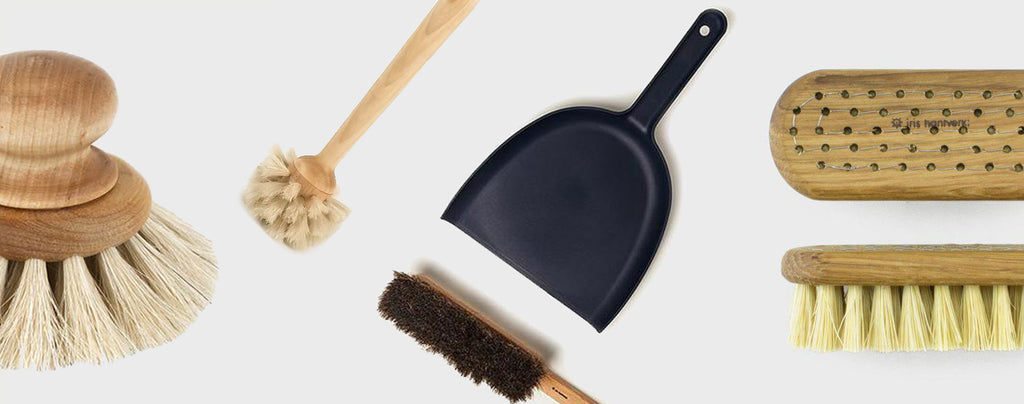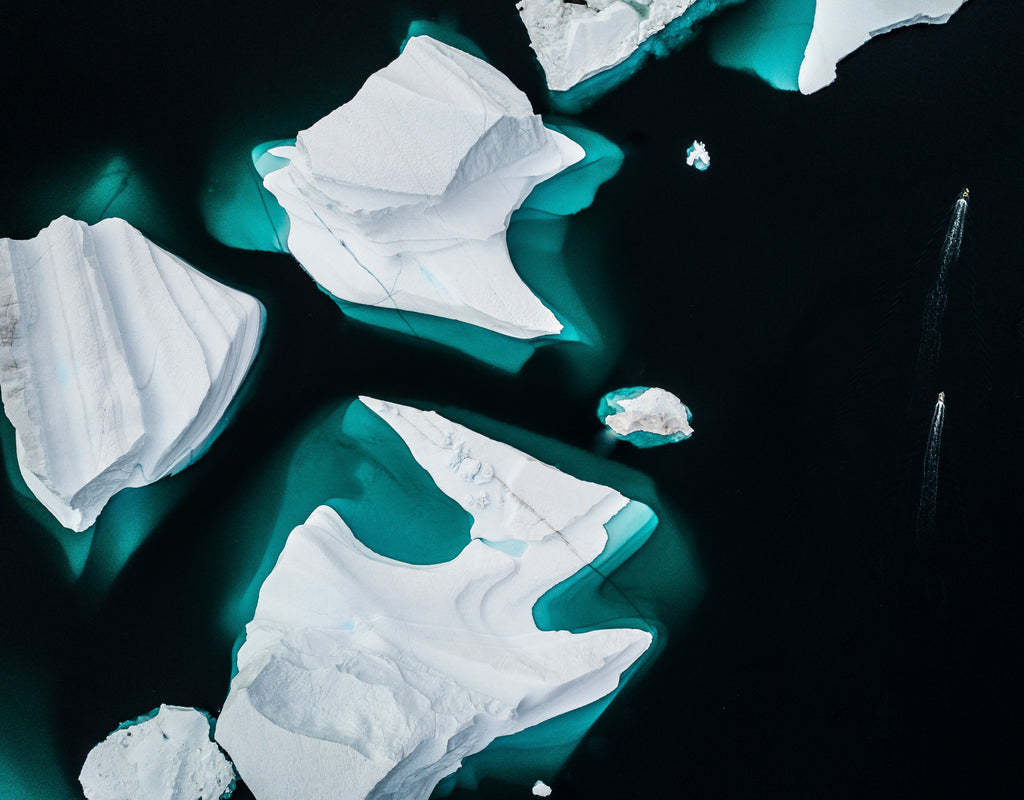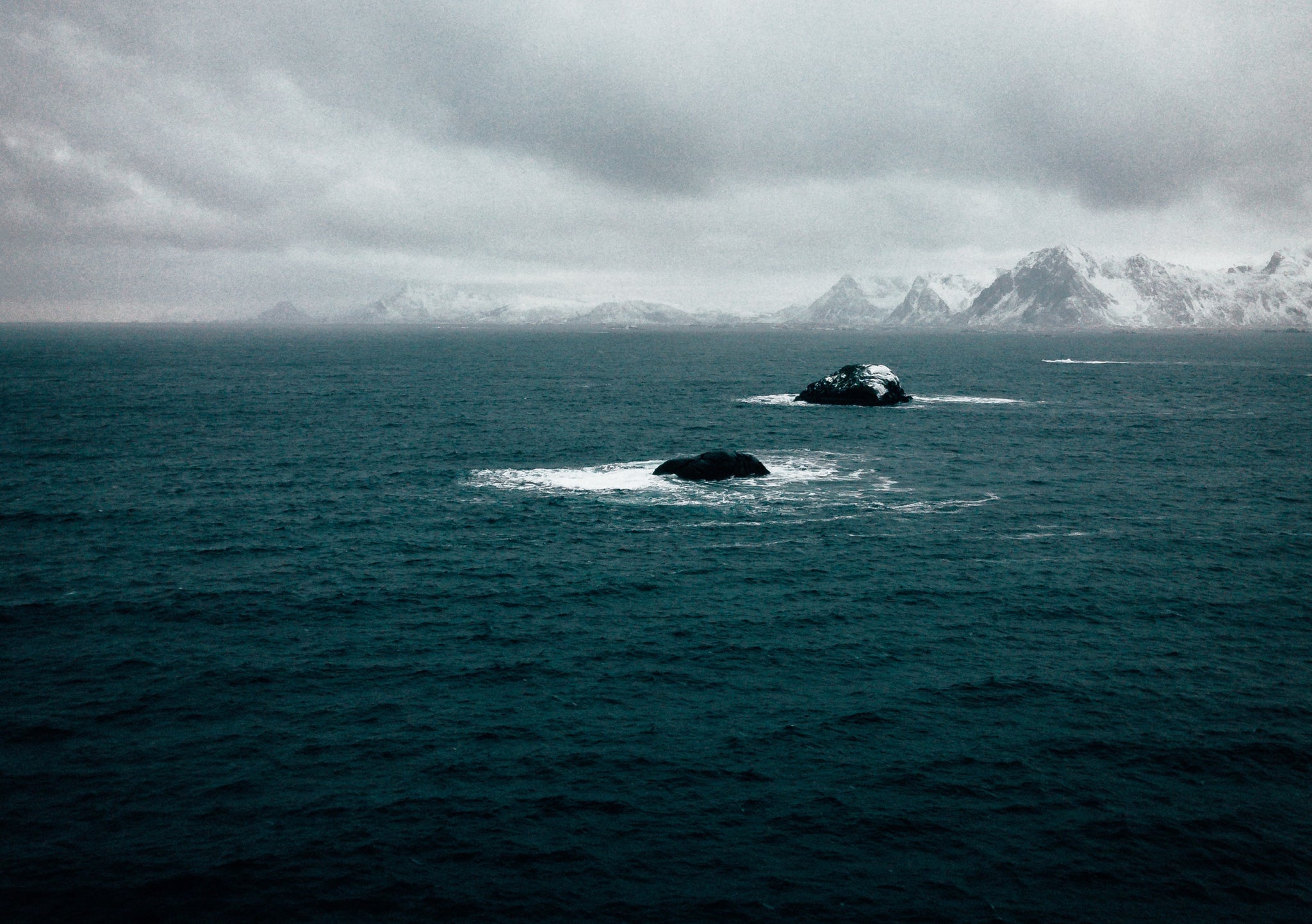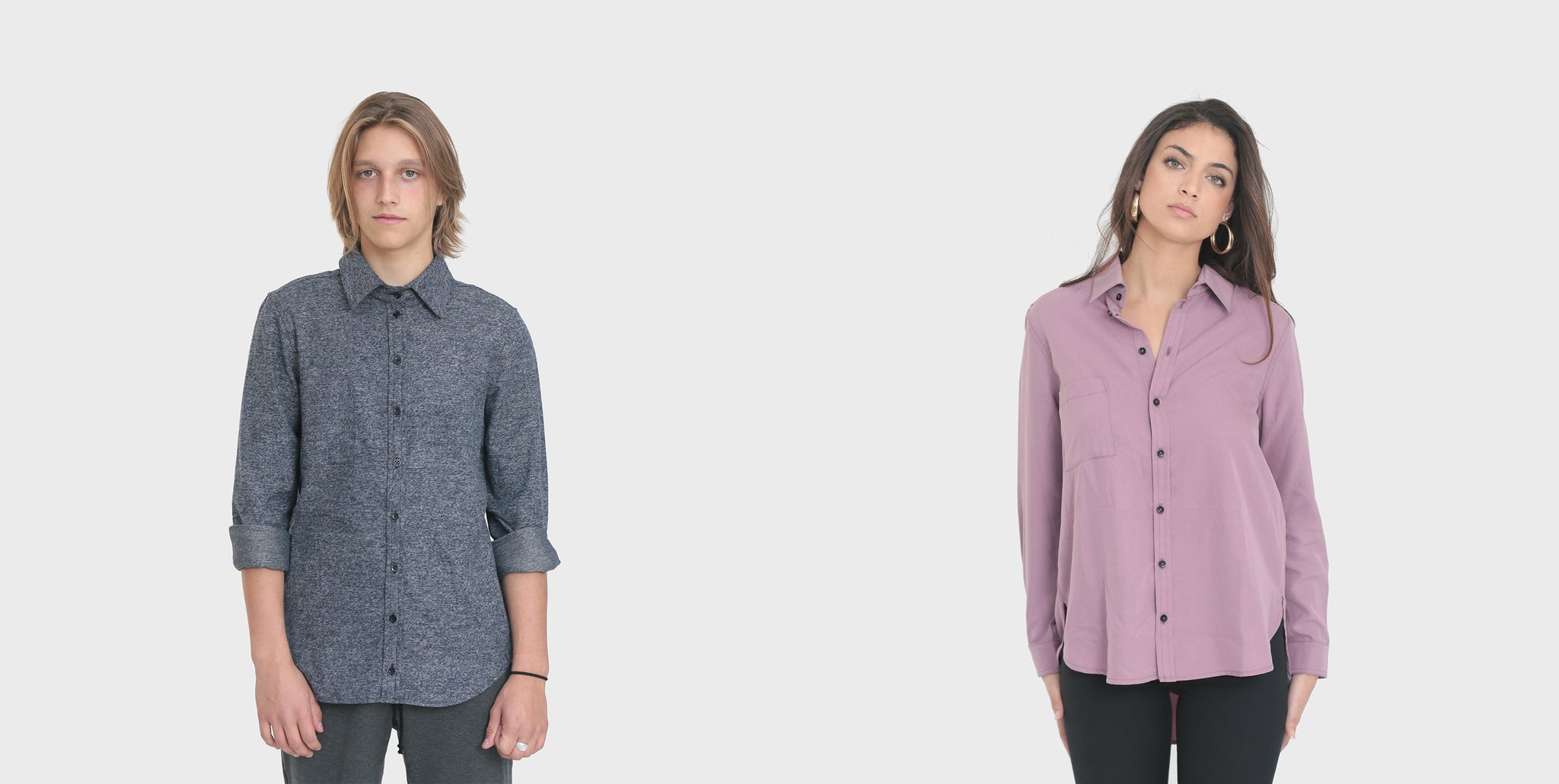How many brushes do you have in your house? It's probably not a question you stop to ask yourself very often. Think about it now. Which rooms do you most often use them in? How often do you need to replace them? What are they made out of?
The unfortunate truth is that most households probably own at least two if not more brushes that are made out of plastic. Every time you have to replace one of them, they are likely being tossed into the garbage. Plastic brushes are usually designed with multiple materials, be it different plastics or the addition of a handle in rubber, making them difficult to recycle. Frustrating!

Iris Hantverk has been doing their best not to contribute to that conundrum for over 100 years. Established in 1870, they started as a small collective of visually impaired craftsmen scattered across Sweden. Supporting and employing the visually impaired community was a pillar of their company, one that still stands strong today even though the company has changed hands. Transitioning ownership in the past decade we imagine wasn't easy, but the current owners seem to have a true love for how the company is run and what they create. They have pushed beyond their borders for production, and now also collaborate with a team of visually impaired workers in Estonia. Their inclusive efforts are supported by Blindas Väl, a Swedish association that helps create and support employment opportunities for the visually impaired.
It is truly remarkable that the craftsmen that put these items together never get to fully appreciate the beauty of the work they create. We have to imagine that these hand drawn brushes are done mostly by feel; by sensitive fingers that have built an intimate knowledge of the machines and materials over years of use. Employees will stay with Iris Hantverk for a very long time, even decades, honing skills and benefitting from an excellent employment opportunity where they get to be creative.
Creating sustainable household options might not have been their main goal when the company was started, but it is inherent in their products. All their items are made with mostly natural materials. The oak, beech, and birch wood for their brushes comes mainly from Sweden, as does the linseed oil they use to treat the wood. The bristles are made mostly from horse hair, and attached using wire. (For some really interesting footage of the construction of the brushes, check out this short video.)
We love that Iris Hantverk has such a rich history, and that the current owners are so invested in keeping the purpose and integrity of the company intact. They are an inspirational company bringing sustainable, beautiful goods to market that take us back to the most important and basic principles of creating: timeless design, simple materials, and quality construction.
It really is easier to choose more sustainable options for household necessities than people seem to think. You just have to look in the right places. The more you are conscious of these kinds of things, the more you notice them, and the less of an impact your household will have on our planet.
We are excited to stock up on all our Iris Hantverk favourites for the holidays, plus a few fun new items - like Soap on a Rope! Check them out here.
from SALT Shop - Journal https://saltshop.ca/blogs/news/iris-hantverk










 It could be all or any. Every trip is different, every person is different. While you're daydreaming up your next excursion, we encourage you to be mindful of the way you are planning to get away. It can be easy to let your principles drift to the back ground for a weekend and choose convenience over consciousness. It can be tough to keep your good habits up while you're travelling, but just because it is time off doesn't mean it should be a time out from respecting our planet.
It could be all or any. Every trip is different, every person is different. While you're daydreaming up your next excursion, we encourage you to be mindful of the way you are planning to get away. It can be easy to let your principles drift to the back ground for a weekend and choose convenience over consciousness. It can be tough to keep your good habits up while you're travelling, but just because it is time off doesn't mean it should be a time out from respecting our planet.
 When you're planning the activities for your trip and picking things like what restaurants you'll eat at, what hikes you'll do, how much leisure time you want, slot a block of time into the itinerary to complete a good deed. When you've already gone to the trouble of gathering your friends together to share in a wild experience, why not make it purposeful as well? It can be as easy as packing a few garbage bags into your pockets on your way to the beach you really want to visit and doing a bit of clean up.
When you're planning the activities for your trip and picking things like what restaurants you'll eat at, what hikes you'll do, how much leisure time you want, slot a block of time into the itinerary to complete a good deed. When you've already gone to the trouble of gathering your friends together to share in a wild experience, why not make it purposeful as well? It can be as easy as packing a few garbage bags into your pockets on your way to the beach you really want to visit and doing a bit of clean up.






